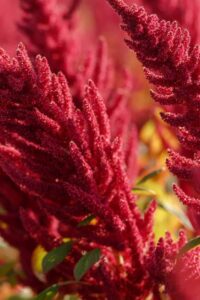
- Dt.inderjit.walia@gmail.com
- +91 89308-32001
Menu
Little millet, scientifically known as Panicum sumatrense, is a minor cereal crop that is gaining recognition for its nutritional value and adaptability. Originating in the Indian subcontinent, little millet is commonly cultivated in various states, including Madhya Pradesh, Chhattisgarh, Andhra Pradesh, and Tamil Nadu. This hardy crop thrives in low-fertility soils and is particularly well-suited for arid and semi-arid regions, making it an important food source for tribal and economically disadvantaged farmers.
Little millet is characterized by its small, round grains, which are typically pale yellow and have a mild, nutty flavor. It is a gluten-free grain, making it suitable for individuals with gluten sensitivity or celiac disease. The crop is known for its excellent rejuvenating capacity, allowing it to grow with minimal inputs and withstand drought conditions, which is increasingly important in the context of climate change and water scarcity.
Nutritionally, little millet is rich in dietary fiber, protein, and essential minerals such as iron, calcium, and phosphorus. It has a low glycemic index, making it beneficial for managing blood sugar levels, and is considered a healthy option for people with diabetes. The grains are also known for their good storage properties, allowing them to be stored for extended periods without the risk of pest infestation.
Kingdom: Plantae
Order: Poales
Family: Poaceae
Genus: Panicum
Species: sumatrense

